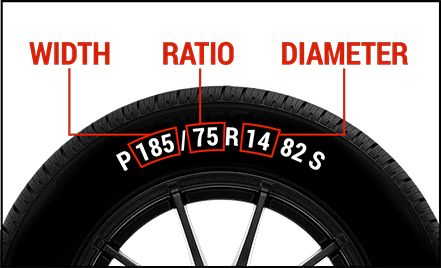
Car, Truck & SUV Tires and Wheels Explained
When it comes to maintaining or upgrading your vehicle, few decisions are more important than choosing the right tires and wheels. Whether you’re driving a compact sedan, a full-size truck, or a family SUV, your tire and wheel combination has a direct impact on handling, safety, fuel efficiency, and overall ride quality. This article will explore everything you need to know about selecting, maintaining, and upgrading your tires and wheels so you can make an informed, performance-enhancing decision.
Cars typically benefit from all-season or touring tires that offer a comfortable ride, low road noise, and dependable grip in a variety of conditions. Drivers focused on performance might consider summer tires with higher speed ratings or dedicated winter tires for enhanced cold-weather safety. When selecting wheels, look for strong, lightweight materials like aluminum or flow-formed alloys, which improve acceleration, braking, and cornering without significantly affecting ride quality. Always verify load capacity and match your vehicle’s OEM specifications when upgrading.
Trucks have very different needs. If you're towing, hauling heavy loads, or traveling off-road, you’ll need tires built to withstand those demands. All-terrain (A/T) tires offer a good compromise between highway comfort and off-road capability, while mud-terrain (M/T) tires feature aggressive tread for superior traction in loose surfaces. Paired with steel or rugged alloy wheels, these tire types provide confidence in challenging environments. Make sure to check load index and speed ratings carefully when choosing truck tires, especially for work or commercial applications.
SUV drivers often straddle the line between passenger car comfort and truck-level utility. Because of their higher weight and center of gravity, SUVs benefit from tires with reinforced sidewalls and tread patterns designed for both highway and light off-road use. Look for all-season or highway terrain tires that reduce noise and improve fuel economy without sacrificing traction. When upgrading wheels, choose diameters that match your tire profile to avoid impacting ride comfort or speedometer accuracy. Avoid oversized wheels unless you’re willing to accept a firmer ride and reduced sidewall protection.
To maximize your investment, take tire and wheel maintenance seriously. Start by checking tire pressure monthly using a digital gauge, and rotate them based on your drivetrain layout (front-, rear-, or all-wheel drive). Don’t forget to inspect the wheels for curb rash, bent lips, or corrosion, especially if you’ve hit Visit the link potholes. Balancing and alignment should be performed annually or after any major suspension service. These simple steps ensure even wear, better handling, and longer lifespan.
Ultimately, tires and wheels are more than just accessories—they're critical to your safety and driving experience. Always purchase from a trusted retailer or tire shop, and when in doubt, consult your vehicle’s manual or a tire professional. Avoid mixing tire types, and don’t neglect things like speed ratings or load indexes. The right setup not only boosts your vehicle’s capabilities but also protects your passengers and cargo. Investing in quality rubber and metal is one of the smartest decisions any driver can make.
Comments on “Tire Load Ratings and Wheel Strength: Why They Matter”